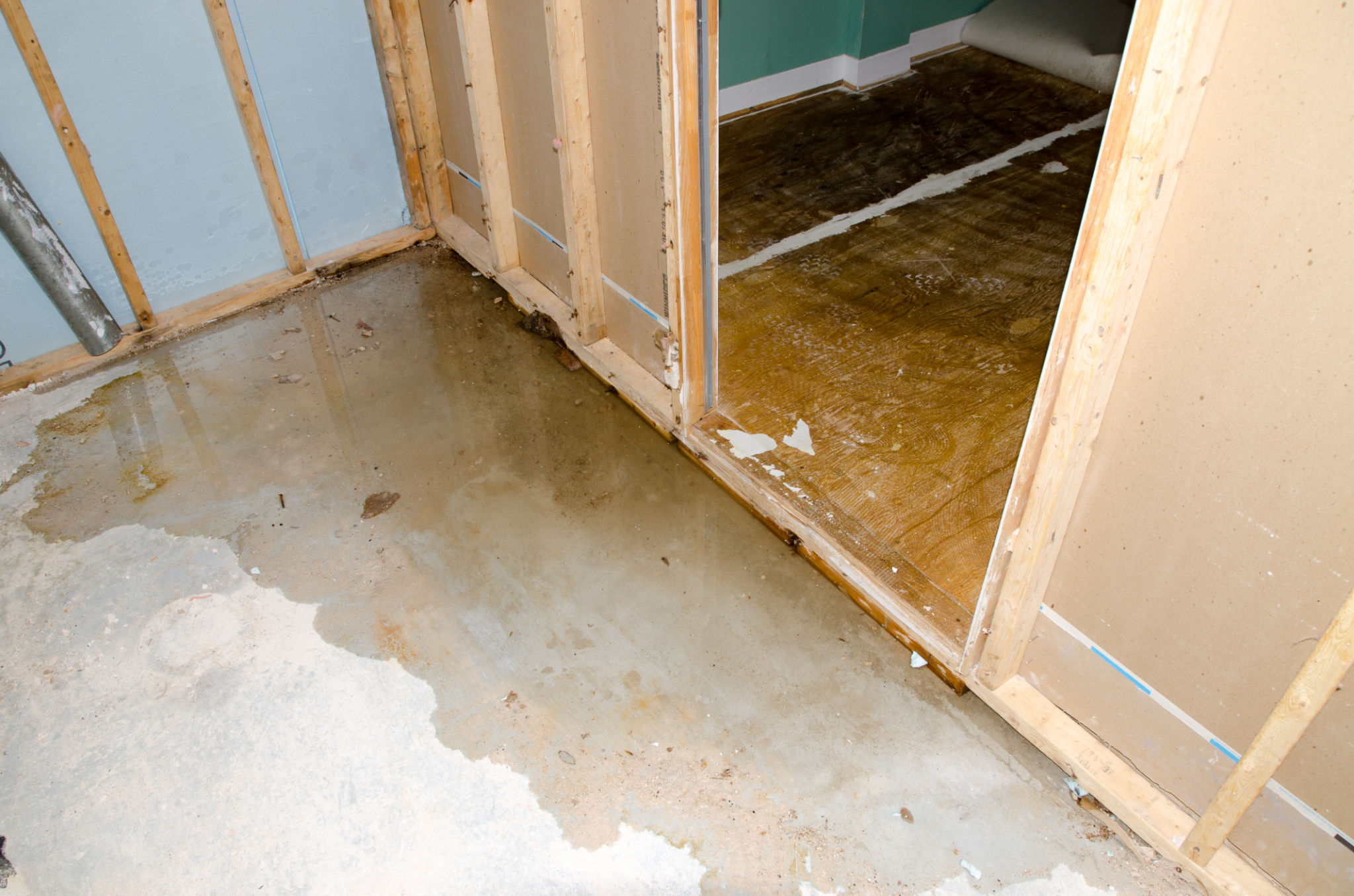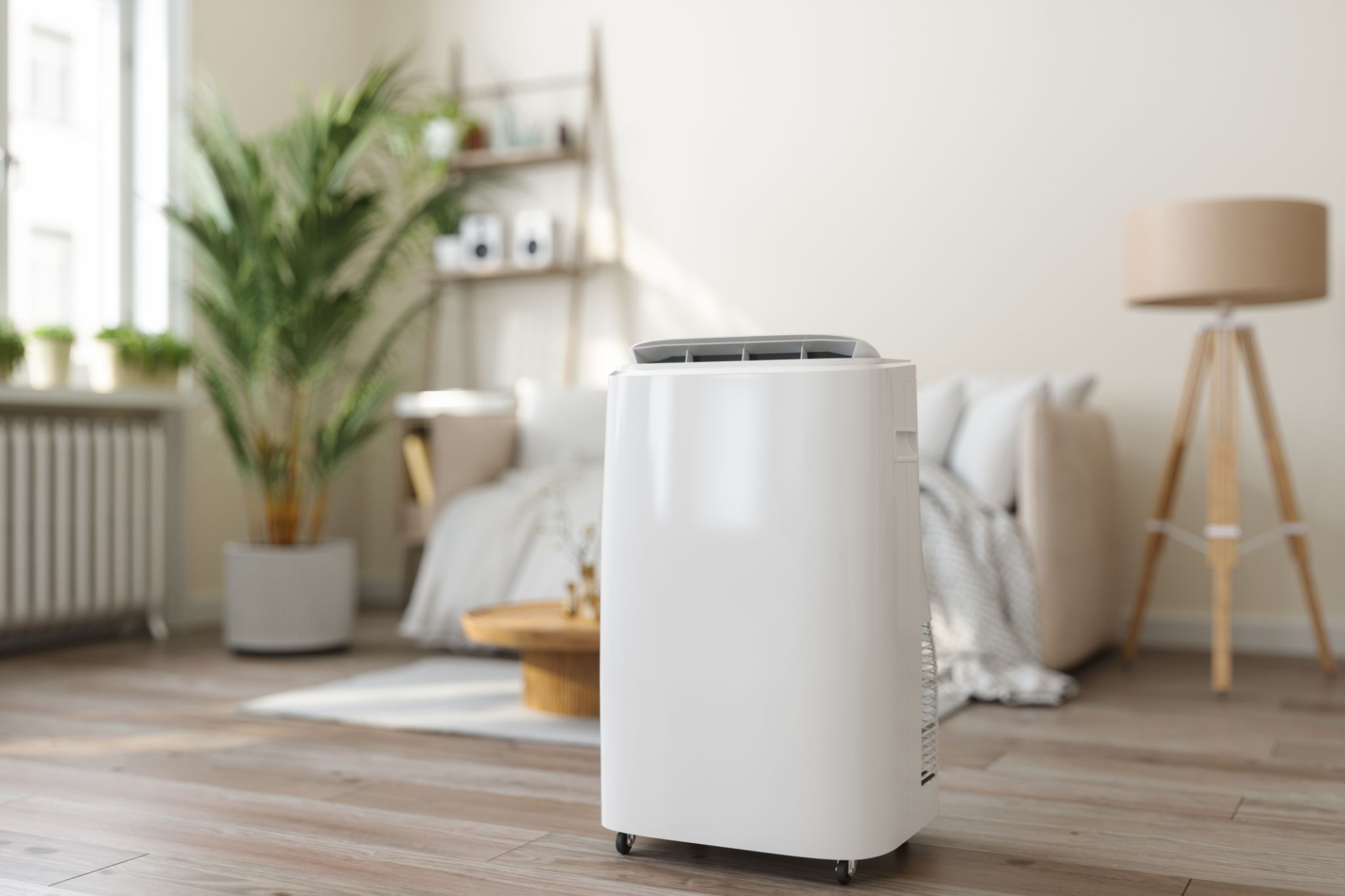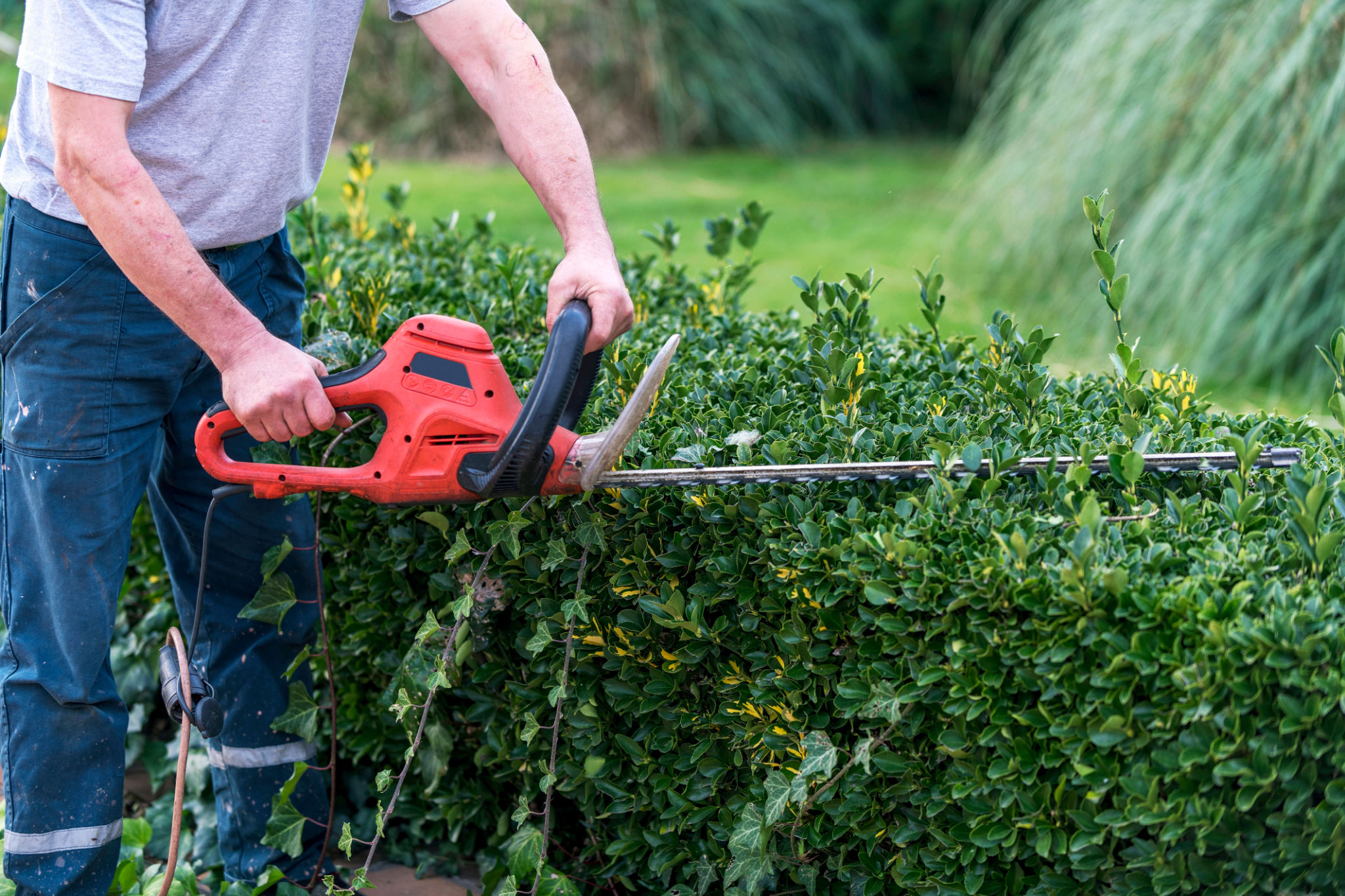Comprehensive Guide to Water Damage Restoration
Understanding Water Damage
Water damage is a common issue that can affect any property, causing significant distress. It occurs when water infiltrates areas it shouldn't, leading to problems like mold growth, structural damage, and health hazards. Water damage can originate from various sources, including natural disasters, plumbing failures, and roof leaks. Recognizing the early signs of water damage is crucial to minimize the impact and cost of repairs.

Initial Steps in Water Damage Restoration
When faced with water damage, quick action is essential. The first step is to identify and stop the source of water intrusion. Whether it's a burst pipe or a leaking roof, addressing the source is critical in preventing further damage. Next, assess the extent of the damage. This involves inspecting the affected areas to determine which materials are salvageable and which need replacement.
Once the source is under control, it's important to remove any standing water. This can be done using pumps or wet vacuums, depending on the severity. It's crucial to act swiftly as standing water can lead to secondary issues like mold growth within 24-48 hours.
The Drying and Dehumidification Process
After removing standing water, the next step is drying and dehumidifying the affected areas. This process involves using industrial-grade fans and dehumidifiers to eliminate moisture from surfaces and the air. Proper ventilation is also key during this phase, as it helps speed up drying and reduces the risk of mold development.

The drying process can take several days, depending on the severity of the water damage. It's important to continuously monitor moisture levels to ensure everything is thoroughly dried before proceeding to restoration work.
Repair and Restoration
Once the area is dry, repair and restoration can begin. This involves replacing damaged materials such as drywall, insulation, and flooring. It's essential to use water-resistant materials where possible to prevent future issues. Additionally, a thorough cleaning and disinfection of all affected areas is necessary to eliminate any bacteria or mold spores that may have developed.
During restoration, consider hiring professionals who specialize in water damage restoration. They have the expertise and equipment necessary to ensure the job is done efficiently and safely.

Preventing Future Water Damage
Prevention is always better than cure when it comes to water damage. Regular maintenance of your property can help prevent potential issues. This includes inspecting plumbing systems for leaks, ensuring proper drainage around your property, and maintaining your roof.
Another effective preventive measure is installing a sump pump in areas prone to flooding. Additionally, consider using water leak detection devices that alert you to leaks before they become significant problems.
Conclusion
Water damage restoration is a complex process that requires prompt and effective action to prevent long-term consequences. By understanding the steps involved and taking preventive measures, you can protect your property from severe damage. Remember, when in doubt, consulting with professionals in water damage restoration can save time, money, and stress.